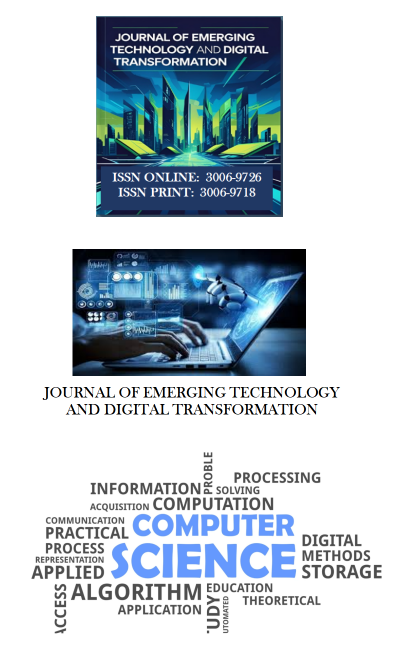Predicting Crypto Currency Return on Investment Using Advanced Deep Learning Techniques
Keywords:
Cryptocurrency, Return on Investment (ROI), Deep Learning, GRU (Gated Recurrent Unit), Transformer Encoder, Hybrid Model, Time-Series Forecasting, Algorithmic Trading, Financial Prediction, Real-Time Data AnalysisAbstract
The rapid growth and volatility of cryptocurrencies like Bitcoin, Ethereum, Cardano, and Solana have transformed global finance, but their unpredictable price behavior poses significant forecasting challenges. This research introduces a real-time, ROI-focused prediction framework using a hybrid deep learning model that integrates Gated Recurrent Units (GRU) and Transformer encoders. Designed for ultra-short-term (180-minute) price forecasting, the model not only predicts future prices but also estimates Return on Investment (ROI), providing actionable insights for intraday and algorithmic trading. Minute-level data is collected via the CoinGecko API and preprocessed using techniques like normalization and sliding windows. The GRU captures short-term dependencies efficiently, while the Transformer component models broader market trends using self-attention. Implemented in Python with PyTorch and evaluated using RMSE, MAE, MAPE, MSE, and R², the hybrid model consistently outperforms a Vanilla RNN in both accuracy and ROI-based profitability simulations. The research addresses key gaps in literature by offering a practical, ROI-integrated prediction system, enabling real-time asset ranking and decision-making in highly dynamic trading environments.











